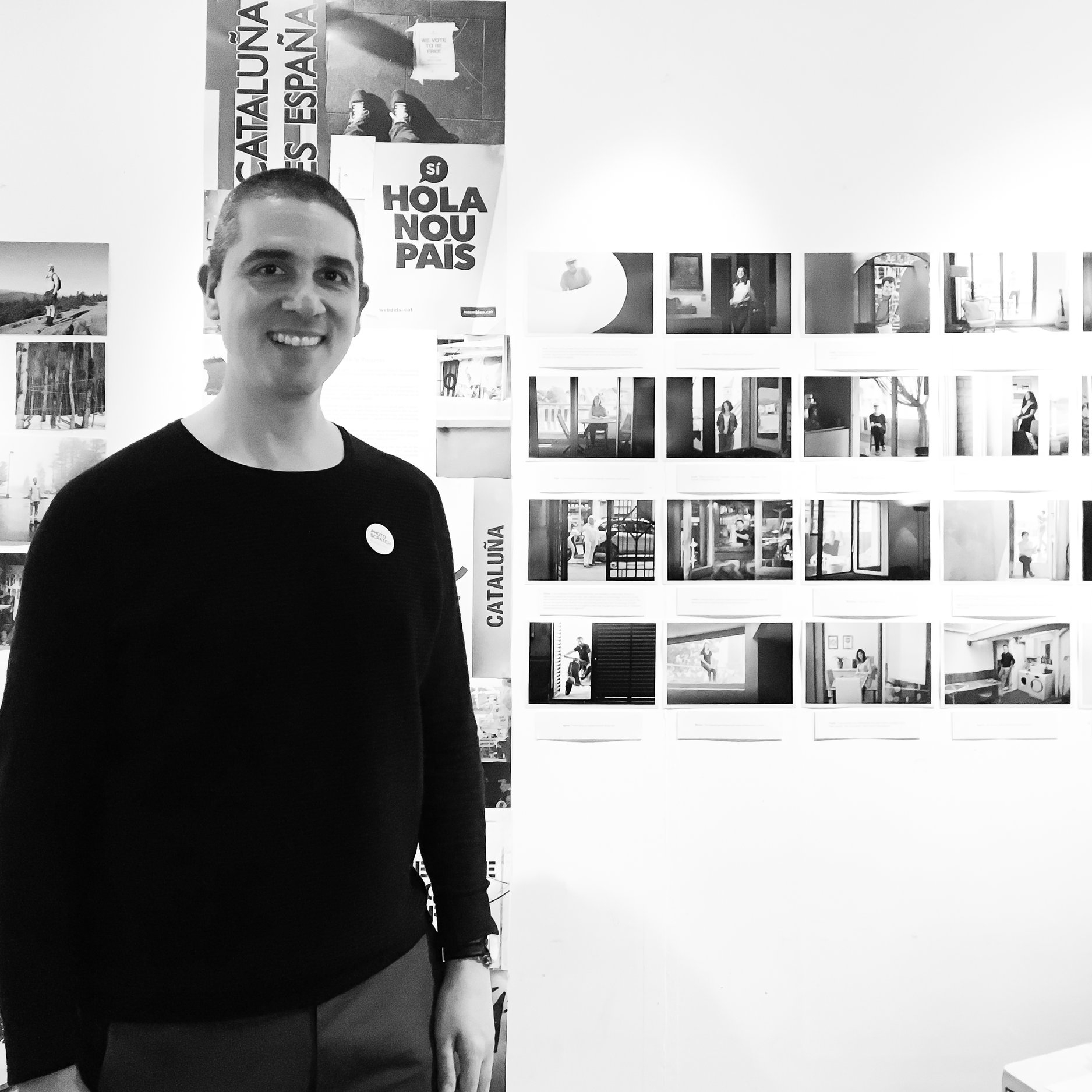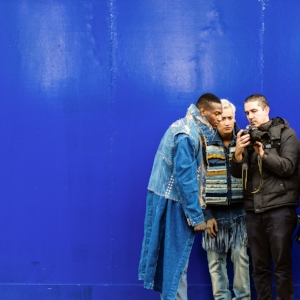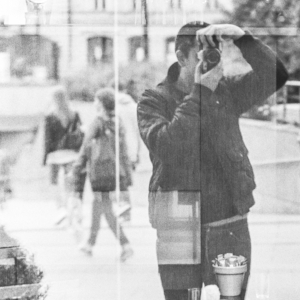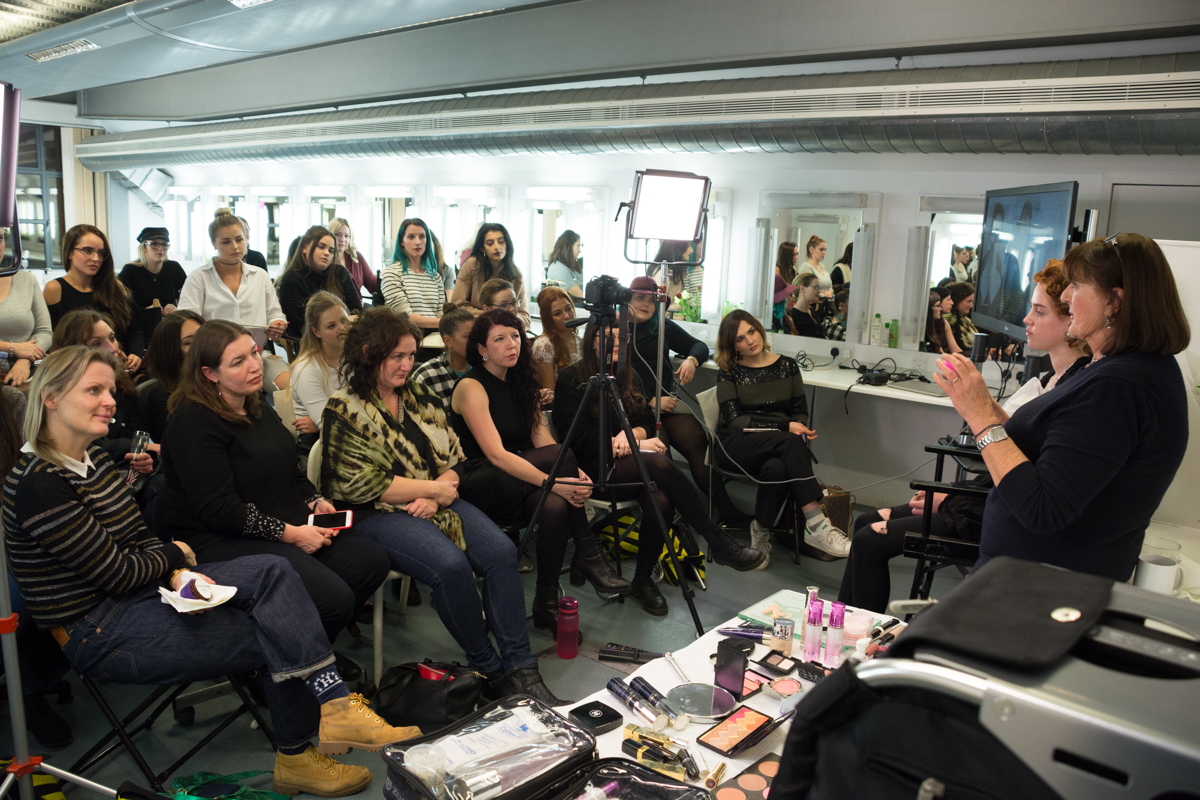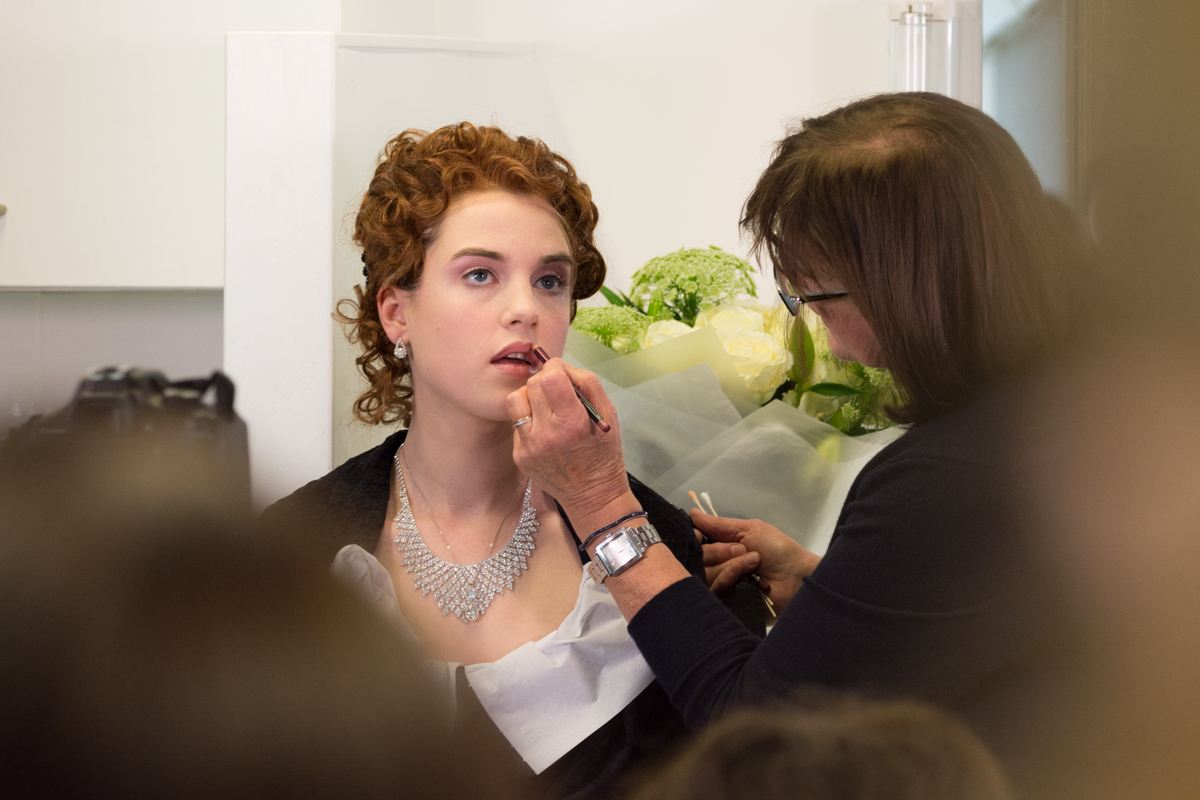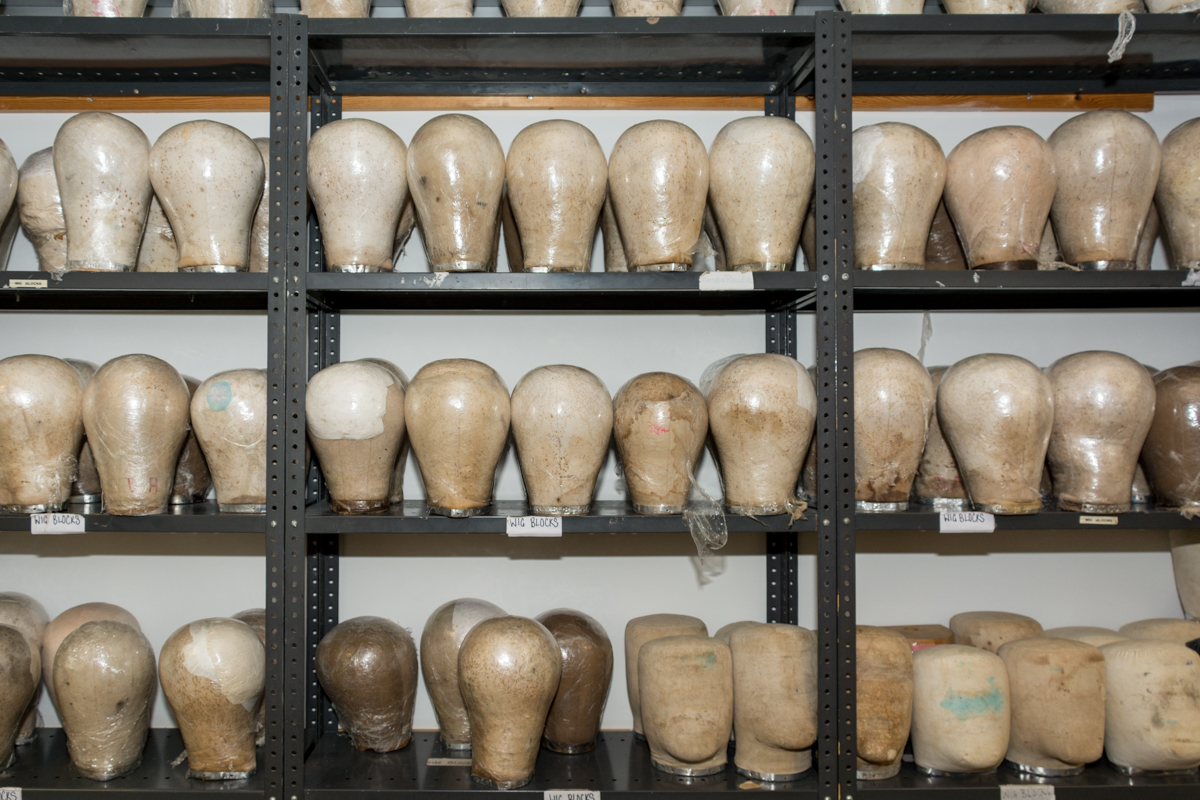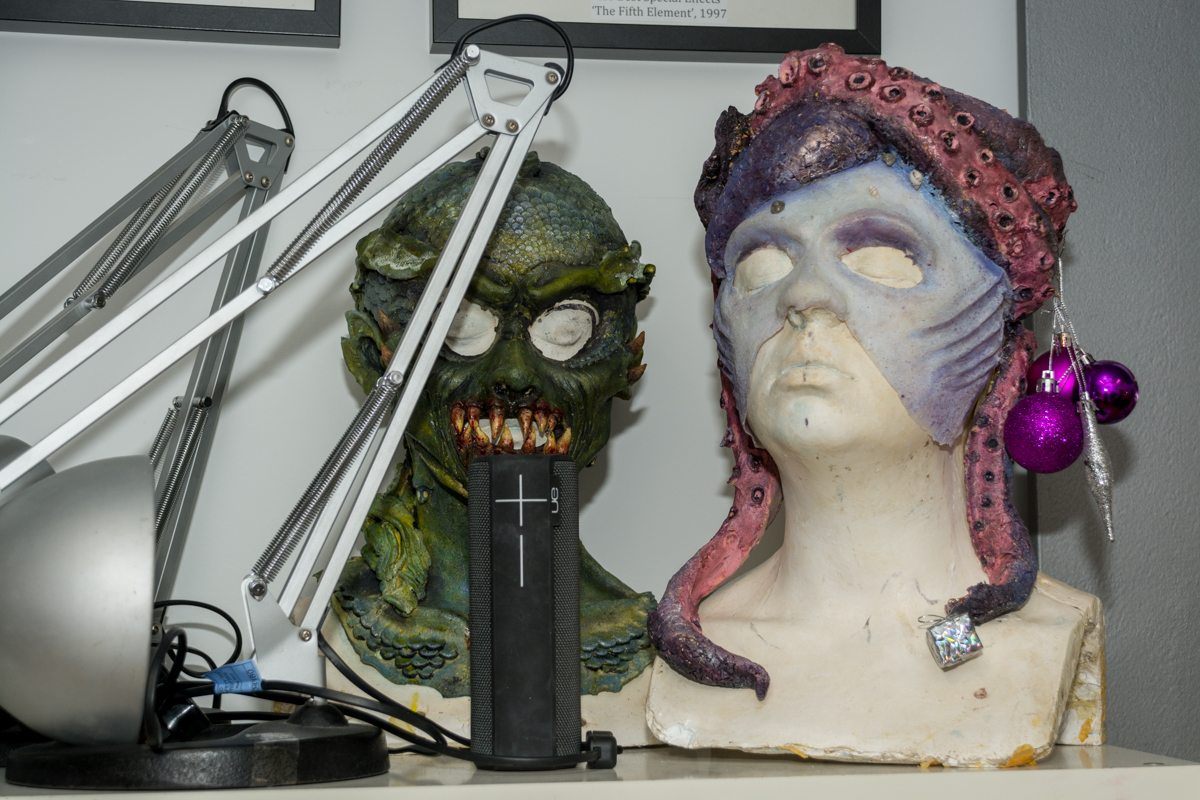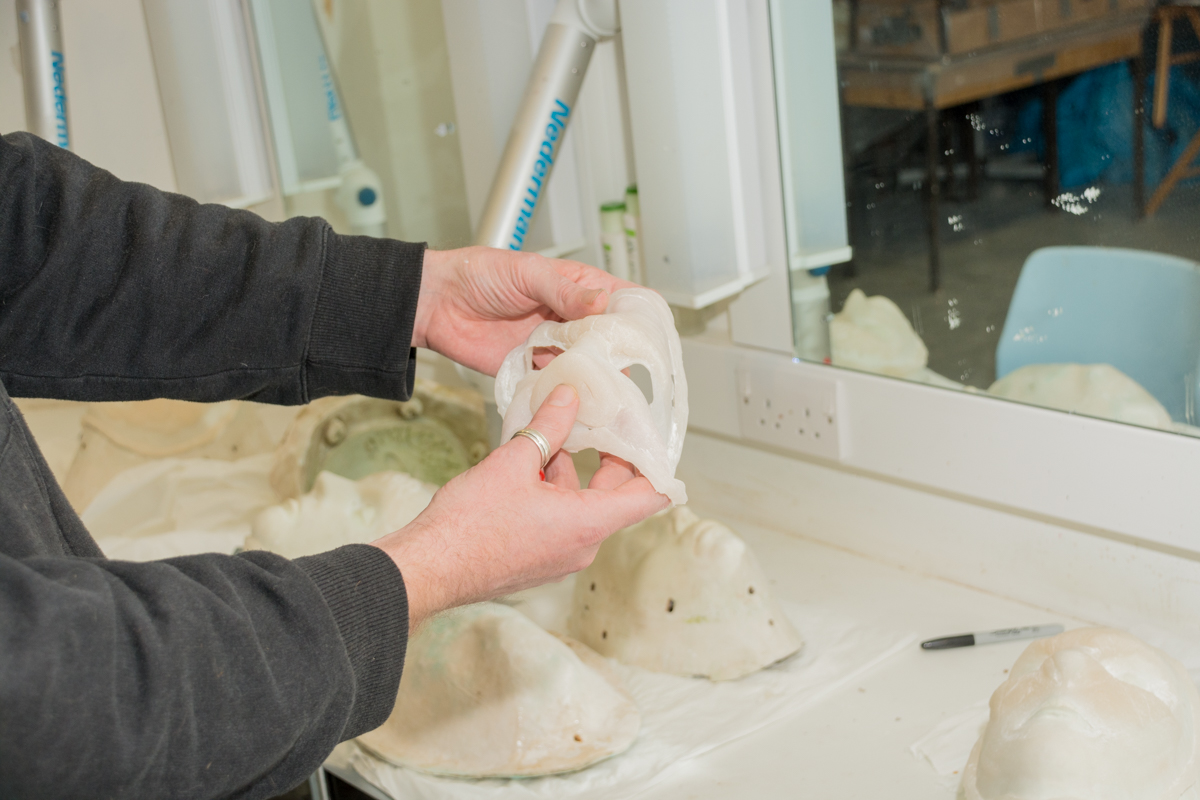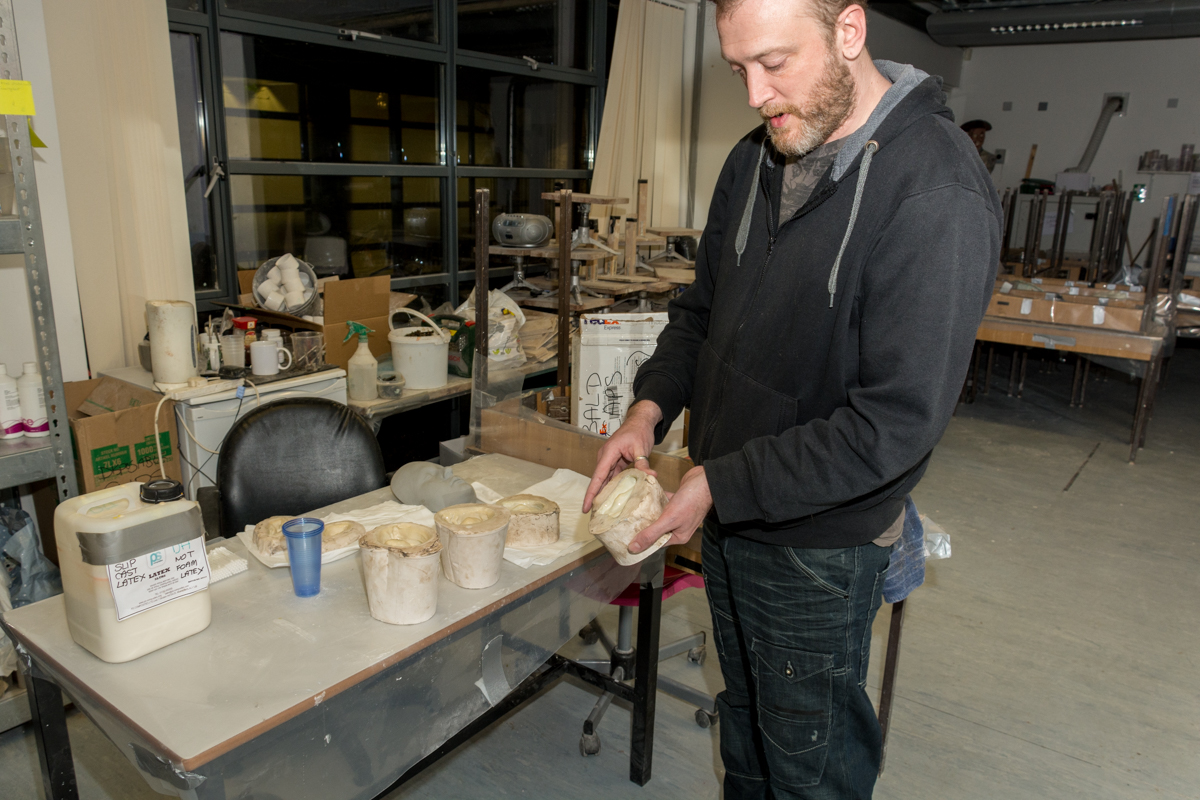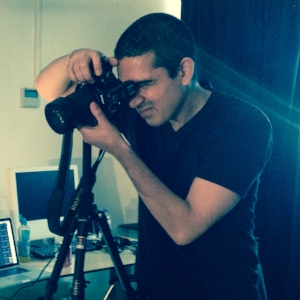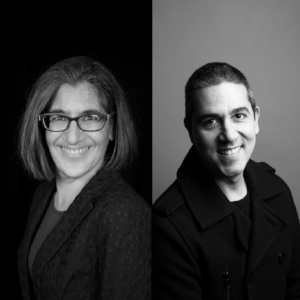When you have been practising photography for a while, there are certain things that you do automatically without giving them a second thought. Which shutter speed, aperture or ISO to use, what lens works best for a certain situation, or to make sure that the sitter always signs a release. Especially the latter, as that will establish how you can use the images. But you would be surprised to know that not every photographer signs them, and when they do, not every sitter reads them when they sign. Why is it so important to have a release?
A release is a contract that gives the photographer permission to use the image of a person or property (works of art, trademarks, brands or buildings) in the ways specified in the document. It is signed between the model (sitter, subject) or their representative (agent, parent, legal guardian) and the photographer in the case of people, or between the owner or legal representative (agent, estate) and the photographer in the case of properties. It should clearly state the intention of use that the photographer will give the images (e.g. where, how and for how long will the images be used).
It is a document that is both important for the photographer and for the model/property as it protects both parties' rights. On the one hand, it protects the photographer against future claims by the model/property or their heirs and assigns; on the other hand, it protects the model/property against misuse of their image. Before signing, both parties should understand what they are agreeing to.
Copyright
In the UK, copyright gives the creator of the image the ownership over the photograph (in most cases), but not necessarily the right to use the image of the people or properties depicted on it. According to the UK Intellectual Property Office, "The person who creates an image (“the creator”) will generally be the first owner of the copyright", except if the "image was created as part of the creator’s employment, rather than by a freelance creator, the employer will generally own the copyright."
But this ownership of the copyright does not allow the photographer the right to photograph just anyone or anything and use the image as they please. People have a right to their privacy, and the use of their image is part of it. Also, properties like works of art, trademarks, brands or buildings are protected by copyright themselves. This is where the model/property release comes in.
When do you need a model/property release?
Different countries have different laws, but in general, you can take photos in public spaces that include people or properties and not need a release. Although, if you are planning on using the images commercially or for publication, it will be safer if you had some sort of release. Better safe than sorry.
If you are taking portraits of people (everyday people, models, friends, family) for your projects, for your website and self-promotion, or for publication, you will need a model release. If you are dealing with model agencies, they would have signed the release with the model but you will have to sign an agreement with the agency regarding the use of the photos. For client work, when dealing with talent, everyone in the photos needs to have a release signed. When dealing with minors, their parents/legal guardians must sign the release for them.
If you are taking photos in public spaces, be careful if you include works of art, trademarks, brands or buildings that may have a copyright. Be vigilant, especially in the UK, that some areas that look like public spaces are actually privately owned or managed.
Best practices
Because of the nature of my work, I have made a habit of always signing a model/property release, even when I don't necessarily have to. But I find that it is a good way to establish trust with the subject and let them know exactly how I will be using the images. Also, if in the future I decide to have the photos published or enter some sort of competition, there are organisations that won't take your photos if they are not properly released.
Sample Model/Property Release forms
There are many samples of release forms available online, each adapted to the specific region where the photographer works. Here are just a couple of samples:
- The Association of Photographers of the UK: https://www.the-aop.org/information/downloads/legal-business-forms
- The New York Institute of Photography: https://www.nyip.edu/photo-articles/business/heres-a-sample-model-release-form
Disclaimer
I am not a lawyer, I am a photographer, and the information on this post is just to try to explain a confusing topic in a simple manner. If you need more information on privacy and copyright laws you should seek professional legal counsel.
Photo credit: Behind the scenes photography by Andrzej Gruszka.
Do you like what you just read? Subscribe to the weekly blog posts here!

